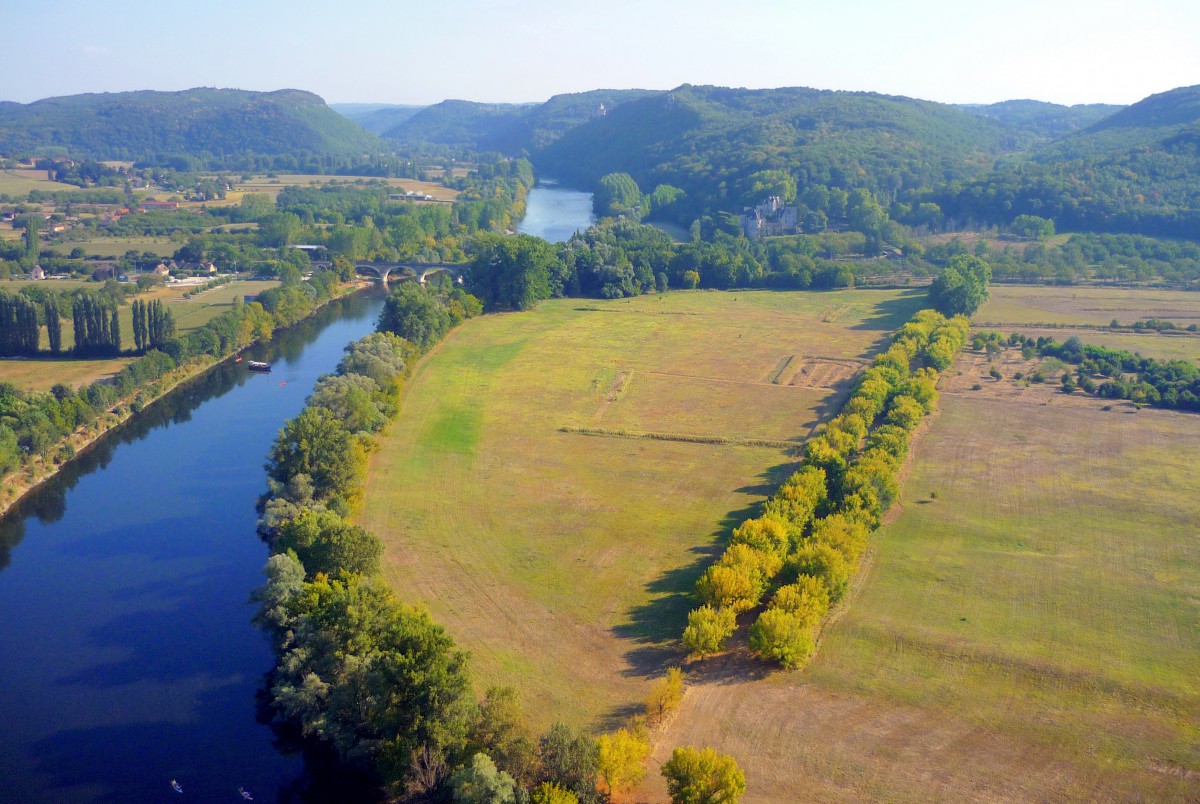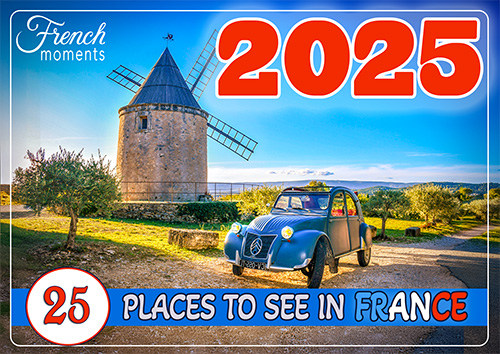Let’s set the scene.
You’re in a picturesque French village. There’s a sign pointing to a route des vins, someone is explaining the magic of the local soil, and you nod appreciatively, trying to sound sophisticated.
“Oh yes,” you say confidently. “Such a rich territoire.”
Cue the awkward silence.
A raised eyebrow.
Maybe even a polite correction: “Terroir, madame…”
Right. Terroir. Territoire. What’s the difference again?
If you’ve ever tripped over these two near-twin French words, welcome to the club. You’re not alone — terroir and territoire are notorious among English speakers. Even fluent French learners get them muddled. And the truth is… the French aren’t always that clear on it either.
But don’t worry — help is here.
Let’s untangle these earthy little words, with humour, clarity, and the occasional glass of wine.
Terroir: The Soul of the Soil
If terroir were a person, it would probably be wearing a straw hat, carrying a basket of tomatoes, and smelling faintly of goat’s cheese. It’s the poet of the pair — the dreamy one, all about taste, texture, and the je ne sais quoi of local produce.
In short: terroir is what the land gives.
It’s not just geography. It’s about how the wind blows, how the rain falls, what grows where, and why your butter in Normandy tastes different from the one in Provence. It covers:
- the soil
- the climate
- the altitude
- the traditions of the people who’ve been farming, cooking, or winemaking there for centuries

An inviting path in the vineyards of Meursault in Burgundy © French Moments
And crucially, terroir is deeply connected to flavour. Think of it as geography with a taste profile.
A Burgundy wine? That’s terroir.
Roquefort cheese aged in the natural caves of the region? Terroir again.
A madeleine that just doesn’t taste the same outside that village near Nancy? Oh yes — terroir strikes again.
The French use this word with reverence. It’s almost spiritual. When someone talks about un produit du terroir, they’re not just saying “a local product”. They’re saying: this thing comes from this land and could come from nowhere else.
Territoire: Lines on a Map (and Sometimes in the Sand)
Territoire, on the other hand, is the practical sibling. It’s less into wine and cheese, and more into boundaries, administration, and planning committees.
It’s what you see on a map.
A territoire might be a region, a département, a commune, or even a protected natural park. It could also be a territory overseas (les territoires d’outre-mer) or a military or political zone (territoire occupé).
It’s more neutral, more formal, and rarely edible.
But here’s the twist: a single territoire can contain dozens of terroirs. That’s where things get really French.
Imagine you’re walking through the territoire of the Périgord.

The Dordogne River at Beynac © French Moments
You pass through a walnut grove (that’s one terroir), then hit a vineyard (that’s another), and finish with a truffle market under chestnut trees (yes — a third).
All within the same territoire, you’ve tasted three different terroirs.
Yes, really.
So... Which One Should You Use?
Here’s a quick cheat sheet:

Or put simply:
If you can drink it or spread it on toast: terroir. If you can draw it with a pencil: territoire.
Why This Matters for Travellers
You might think this is just a language geek thing. But actually, getting this right (or at least understanding the difference) will make your travel experience richer.
Because in France, these two words shape the way locals talk about identity, pride, and belonging. A wine from ce terroir isn’t just good — it’s better because it comes from here. The people are often fiercely proud of their territoire, but they’ll get misty-eyed about their terroir.
So when your host pours you a glass and says, “C’est un vin de notre terroir”, you’re not just drinking fermented grape juice.
You’re tasting the land, the story, the heritage.

Wines from Savoie © French Moments
And when a museum or regional council talks about le territoire, it’s not just dry bureaucracy. It’s about preserving identity, culture, and community.
See? These words aren’t just vocabulary. They’re windows into how the French see the world.
Bonus tip: How to say “terroir” without panicking
Here’s a fun little memory trick: “terroir” sounds a bit like “tiroir” (the French word for drawer). Just imagine pulling flavour out of a wooden drawer filled with soil, cheese, and wild herbs — voilà, terroir.
Phonetically:
- Terroir = tehr-wahr
- Tiroir = tee-rwahr (starts like "tea")
- Territoire = teh-ree-twahr (more syllables, more politics)
In short: fewer syllables = more flavour.
Don’t stress too much about the French ‘r’ — it’s a bit throaty, like you’re gargling politely. Say it with confidence (and maybe a sip of wine), and the French will love you for trying.
Final Thought: Don’t Stress, Just Savour
If you accidentally say territoire instead of terroir, the cheese will still taste the same. And honestly, many French people will know what you mean — they might even smile at your attempt.
But next time you’re wandering a market in Provence, or sitting at a rustic table in the Loire Valley, try slipping in a casual:
“Ah yes, I love discovering the local terroir…”
Boom. Instant points.
You may not know the full science of it, but you’ll sound like someone who gets it. And really, that’s what travelling in France is all about — understanding not just the place on the map, but the deeper flavour of where you are.
Bon voyage — et bon appétit.

The cheese from La Bergerie de Bonvillard at the farmers' market of Aime, French Alps © French Moments



